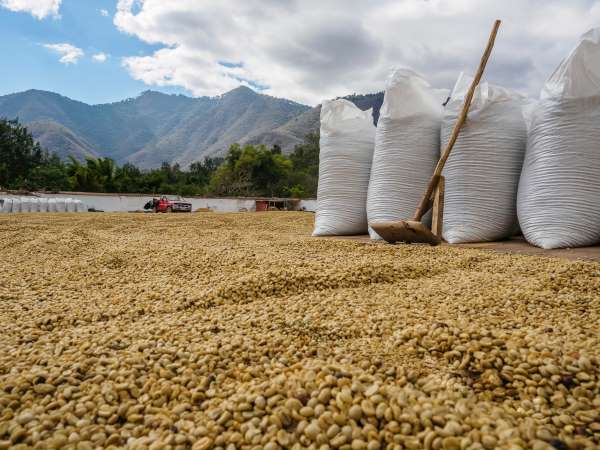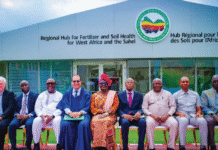Every decade from now until 2050, the growing population will result in a 14% increase in global food demand, while the world’s current agricultural practices will reduce productivity by 2%. Without significant changes to the structure of food production and consumption, we won’t be able to grow enough to feed ourselves. Not to mention the adverse effects on wild plant and animal species and the impact on climate change that comes from these same ill-advised practices.
To reverse the cycle, agricultural workers must practice ways to introduce more biodiversity. With a few innovative changes, the same amount of land can produce an even better yield in the long term, requiring less deforestation and extensification.
How the Global Food System Destroys Biodiversity
Our current global food system favors productivity at the expense of everything else. In fact, since the 1900s, farmers began switching to more uniform, high-producing varieties of crops instead of their local ones, which has resulted in a 75% loss to plant biodiversity.
The two most significant contributors to the loss of agricultural biodiversity are:
Monocropping
Planting large fields of only one crop is easy for agricultural workers to harvest and produces high yields in the short term. Each plant species requires different types and amounts of nutrients to flourish, so when the same crop is planted in the same soil each year, they leech all of the necessary nutrients from the ground, leaving an unsustainable amount behind for the following year.
Monocropping kills the diversity of nutrients and microorganisms in the ground. Also, when we rely too heavily on one variety of a particular plant species, we leave ourselves susceptible to food shortages caused by crop disease.
Extensification
As fields become unfruitful and food supply demands increase, we look for fertile land elsewhere. Unfortunately, that typically means taking over wild and naturally biodiverse areas into farmland in what’s known as extensification. This process destroys whole ecosystems and may ultimately lead to the extinction of already endangered species. For example, in one year alone, cocoa production in Ivory Coast took over 15,000 football fields worth of forest and is the second-largest threat to the elephants’ extinction rate.
Ways to Practice Agricultural Biodiversity
Regenerative agriculture is the best way to move forward if we have a chance at protecting our food supply and climate. By recreating the same processes we see in nature, agricultural workers can seek to improve their farming practices through biodiversity.
1. Crop Rotation and Intercropping
All plant species and varieties have different soil needs. Monocropping year after year depletes the earth of its microorganisms and mineral nutrients. However, rotating the type of crop you plant each year and sometimes letting a field rest will give the soil time to regenerate and heal. Another alternative is to grow multiple kinds of plants in one field — biodiverse crops will be kinder to the soil.
2. Leave Some Land Uncultivated
Leaving some land around agricultural land saves homes for a diverse population of plants and animals. It also can be very beneficial for crop output. Since the surrounding area provides homes for pollinators and animals who naturally help with pest control, your fields should thrive.
3. Plant Cover Crops
To protect your fields from erosion during rest seasons, plant a cover crop that’s easy to control. Vetch and clovers are two solid options. Both can pull nitrogen from the air and store it in the soil as nutrients for future plants.
4. Reduce the Amount of Tilling
Most organic matter is in the top layer of the earth and breaks down very slowly on its own. The microorganisms in the soil work to break it down for plants to use, but tilling disturbs them and keeps them from completing their task efficiently. Reducing or eliminating the amount of tilling each season will allow for better soil biodiversity and a healthier crop the following season.
Individuals Must Play a Role
In order to make a lasting change to the effects of our food system, everyone needs to be willing to adapt their habits. As an individual, you can help by looking for ways to cut down on your food waste and consumption, reducing overall demand.
You could also look for local farmers who implement biodiversity and see if you can buy a portion of your food directly from them. They’d likely appreciate the support, and the food you receive will be of much better quality than anything you can get at the store.
 Bio:: Jane is an agriculture and environmental journalist and the founder and editor-in-chief of Environment.co, where she covers sustainability and eco-friendly living.
Bio:: Jane is an agriculture and environmental journalist and the founder and editor-in-chief of Environment.co, where she covers sustainability and eco-friendly living.









